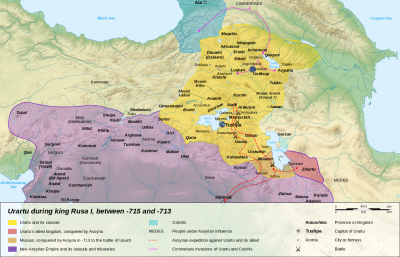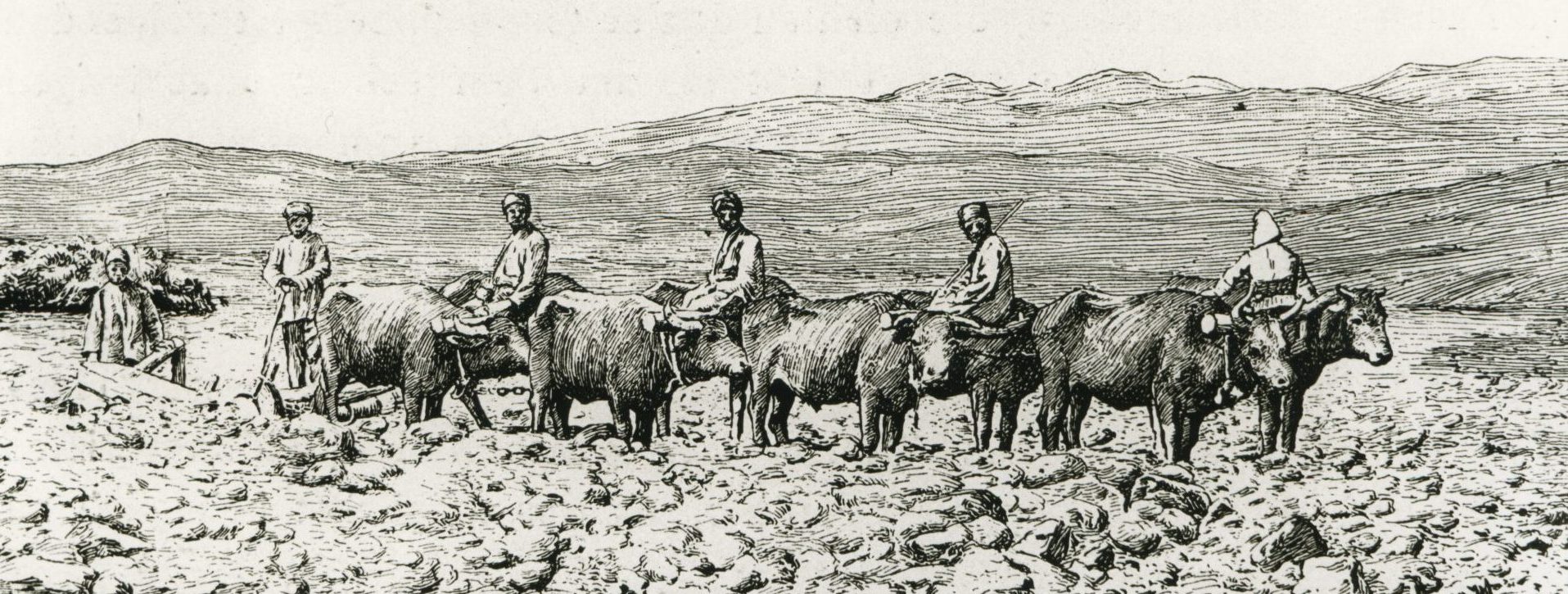
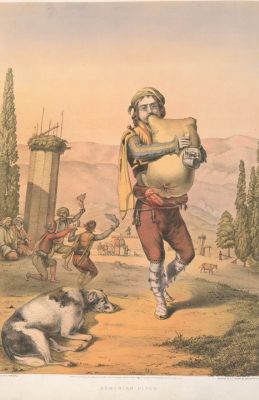
Toponym
The Armenian toponym Ardzke (Arcke) derives from ‘archangel’. Ardzke was known for its high quality wheat that was exported to the adjacent districts.
History
The area belonged to the Urartian kingdom (9-6th century B.C). In the 7th century A.D., it was destroyed during the Arab invasion. Between 885 and 1001, Ardzke belonged to the Bagratid Kingdom, then of the Principiality of Vaspurakan until 1021, when it was conquered by the Seljuks. In the 14th/15th century, some Kurds were settled in Ardzke. In the 17th century, Ardzke was invaded by Iran and its population deported. Despite foreign invasion, domination and deportation, Ardzke remained populated predominantly by Armenians. Most of these were massacred during 6 and 8 April 1915.
Population
Before the 1915 genocide, there were 25 Armenian villages in this kaza, which had an overall population of 6,460; the population of the district capital Adilcevaz (Ardzke) was 2,460; of these, 1,340 were Armenians and the remainder Kurds, Turks and Jews. The town was famous for its walnuts.
Ardzke (Town)
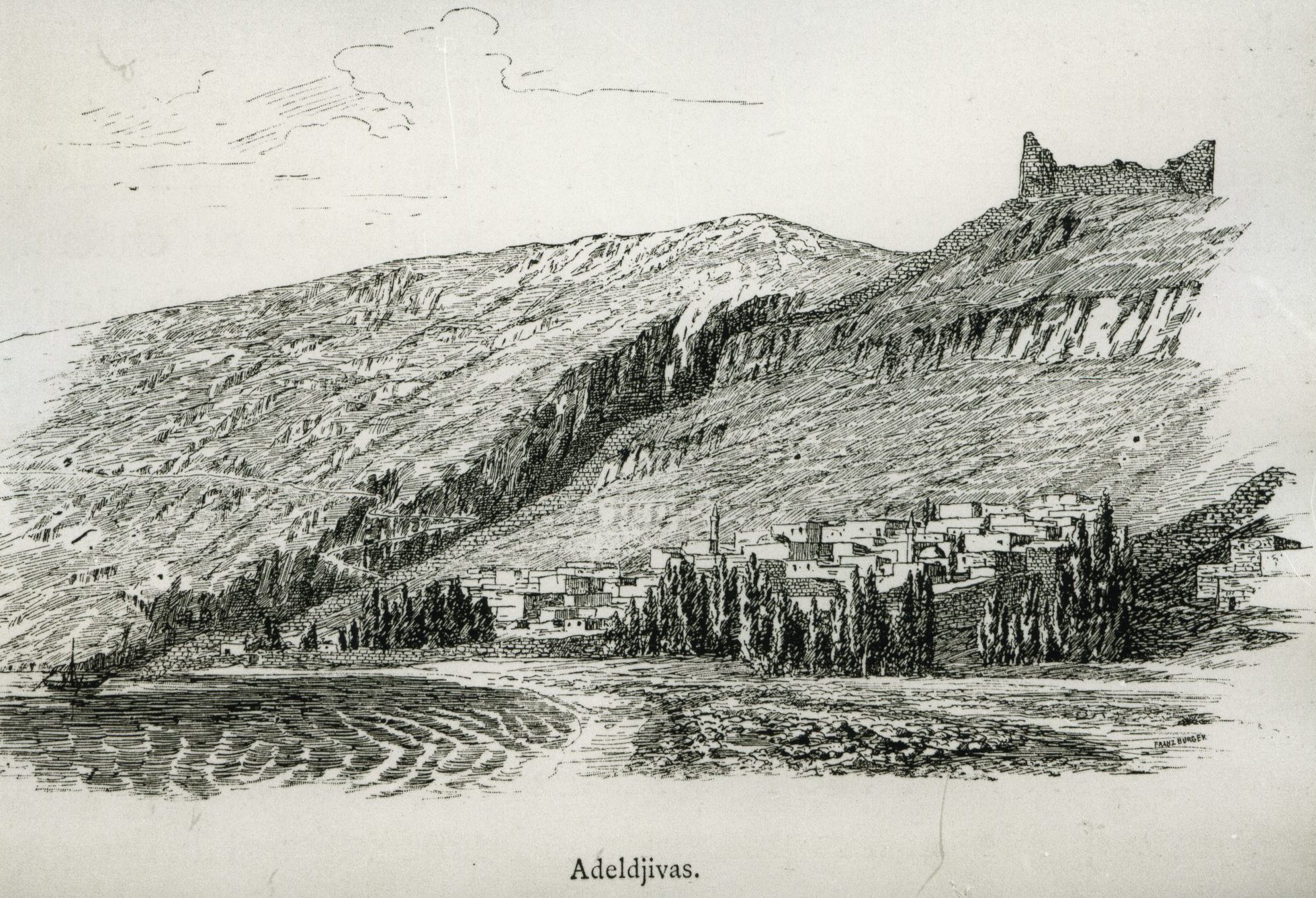
In Ardzke (Adilcevaz) were two Armenian churches, dedicated to the Holy Mother and Holy Sergios (Սբ. Աստվածածին, Սբ. Սարգիս). Of the many architectural monuments in this district, the majority was destroyed during the decades following the genocide of 1915.
Further Reading: Guide-map (Armenian, English): http://www.raa-am.com/raa/pdf_files/187.pdf
“Several more or less serious incidents occurred in the Vilayet of Van between December 1914 and March 1915. (…) Ardzge, in the kaza of Adilcevaz northwest of Lake Van, a village, whose Armenian kaymakam Bedros Mozian, had been dismissed in August 1914, was the scene of a third episode. Members of the Kurdish Çato tribe, who had already in December [1914] wrought havoc in Melazkırt, Erçis, Perkri, and Arcak, attacked the village of Kocer on 25 February 1915, looting, raping the women, and abducting girls and cattle.”[1]
Testimony on the Massacre in Adilcevas, 21 April 1915
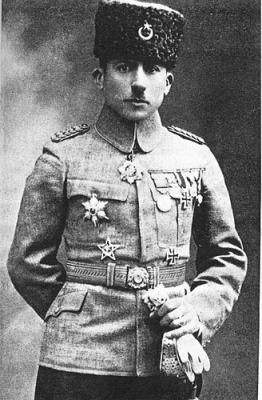
On his journey to the provincial capital Van, Venezuelan soldier of fortune Rafael de Nogales witnessed the massacre of the 500 male Armenian inhabitants of the district capital Adilcevaz:
“A little before nightfall we entered the ancient fortress of Adil Javus [Adilcevaz], surrounded by dusky olive trees within an arc of arid mountains. Tall poplars and silvery willows waved here and there among gardens and flat-roofed houses; and leafy plane-trees embowered the ruins of ancient mosques and beautiful tombs. Little boats moored near the shore rocked tranquilly upon the waters of the lake, and in the dark deserted bazaars there was nothing to attract the attention except the Armenian shops which had been sacked; or perhaps a splotch of coagulated blood indicating the spot where a victim had fallen under the iron of his assassins. (…)
April 21. At dawn I was awakened by the noise of shots and volleys. The Armenians had attacked the town. Immediately I mounted my horse and, followed by some armed men, went to see what was happening. Judge my amazement to discover that the aggressors had not been the Armenians, but the civil authorities themselves! Supported by the Kurds and the rabble of the vicinity, they were attacking and sacking the Armenian quarter. Three or four Christian artisans were trying desperately to defend themselves against the mob of the villains. But, breaking down doors and scaling walls, the assassins penetrated into the houses, and, after knifing the defenceless victims, obliged the wives, mothers, or daughters of those miserable creatures to drag their wounded out to the streets by the feet or arms. There the rest of the scoundrels killed them, despoiled the corpses of clothing and left them lying, at the mercy of vultures and jackals.
In spite of the lively firing that swept the streets, I succeeded at last, without any serious accident, in approaching the Beledie reis of the town, who was directing the orgy; whereupon I ordered him to stop the massacre. He astounded me by replying that he was doing nothing more than carry out an unequivocal order emanating from the Governor General of the province… to exterminate all Armenian males of twelve years of age and over. (…)
At the end of an hour and a half of butchery there remained of the Armenians of Adil Javus only seven survivors, whom I had succeeded on snatching from the executioners merely by argument of pistol shots. Surrounded by these wretches, who were hanging on my horse’s mane and tail as to an anchor of refuge, and followed by a mob of human beasts sated with blood and laden with booty, I rode toward the centre of the town, through a dense throng, formed mostly of Turkish and Kurdish women. These women, let me add, had witnessed the whole of the atrocious drama, unmoved as sphinxes, seated along the streets or upon the flat roofs.
When I dismounted in front of the Seraglio, the Kaimakam came out to meet me, and in the name of the government he thanked me effusively for having saved the town from the tremendous Armenian attack. Stupefied before such barefaced effrontery, at first I was at loss for a reply. When I recovered myself and asked for clemency for my prisoners, he promised me with his hand upon his heart and with a manner entirely serious, even to the point of austerity, to be answerable for their lives with his own head (bashim üserinde). Nevertheless, he had them throttled that very night, and their corpses were pitched into the lake along with forty-three other Armenians who had hidden God knows where. Thus in the Orient do the civil authorities of the Sultan fulfil oaths and promises.”
Source: Nogales, Rafael de: Four Years beneath the Crescent. London: Sterndale Classics, 2003, p. 58 ff.
The Monastery of the Miracles (Sk’ant’elagorgivank)
Just six kilometers inland from the small district town of Adilcevaz are the ruins of an Armenian monastery dating back to the 8th century. It is located near to the Urartian town and temple site of Kefkalesi:
